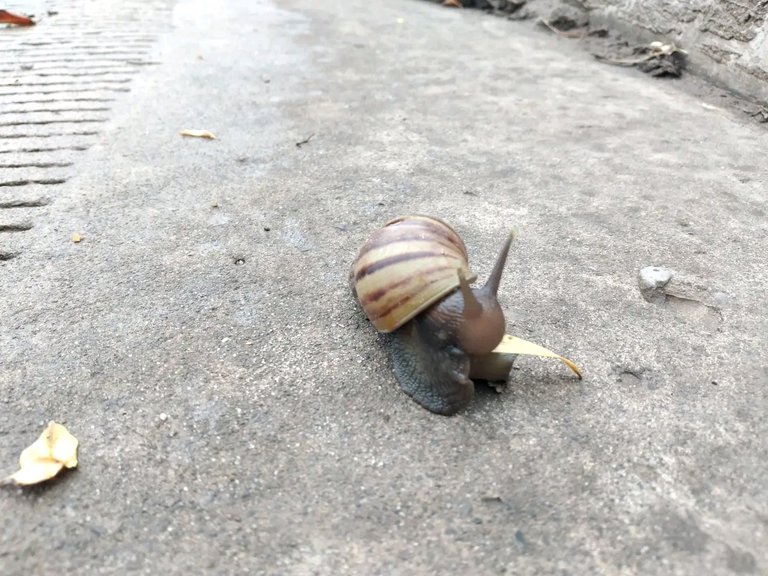
Español (🇨🇺 ESP)
El caracol gigante africano (Lissachatina fulica, anteriormente Achatina fulica) es una especie de caracol terrestre perteneciente a la familia Achatinidae, en el orden Stylommatophora. Comúnmente encontrado en jardines y cultivos, este caracol se alimenta de diversas plantas, convirtiéndose en una plaga de significativa relevancia económica.
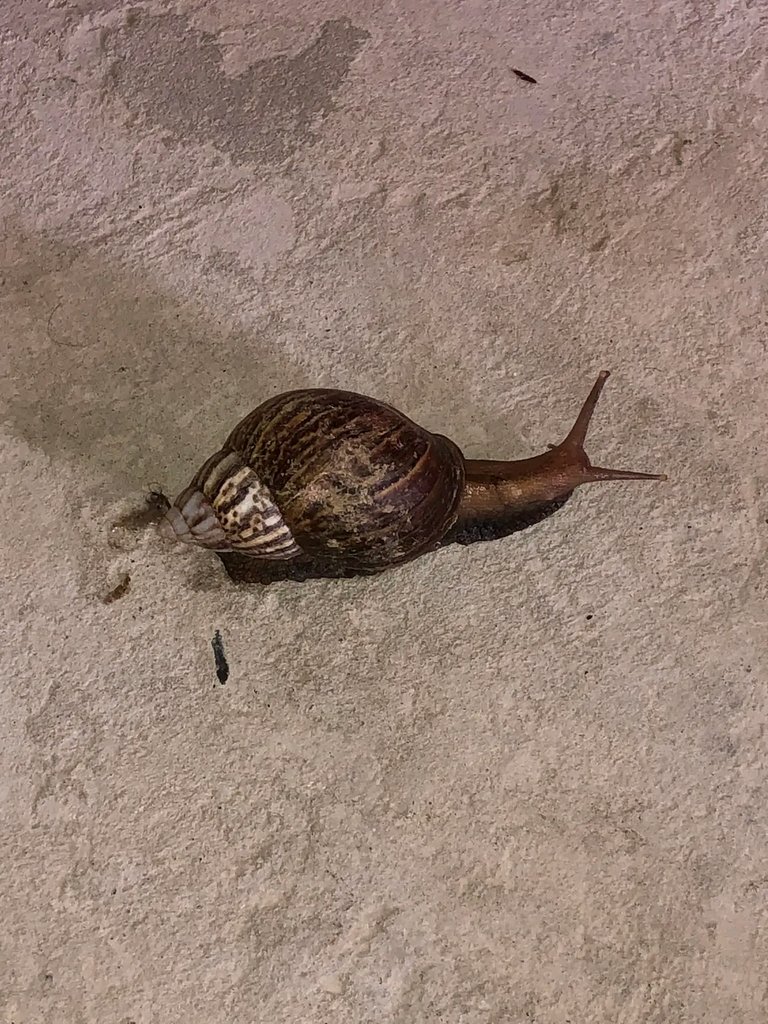
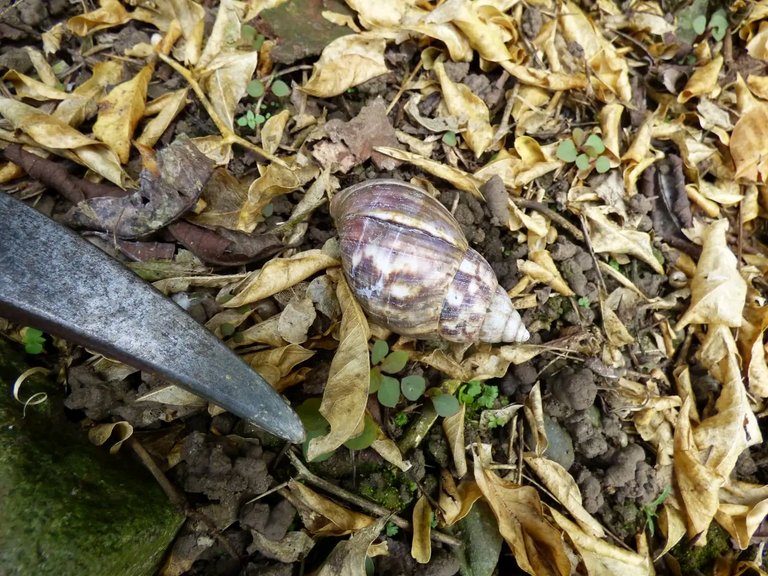
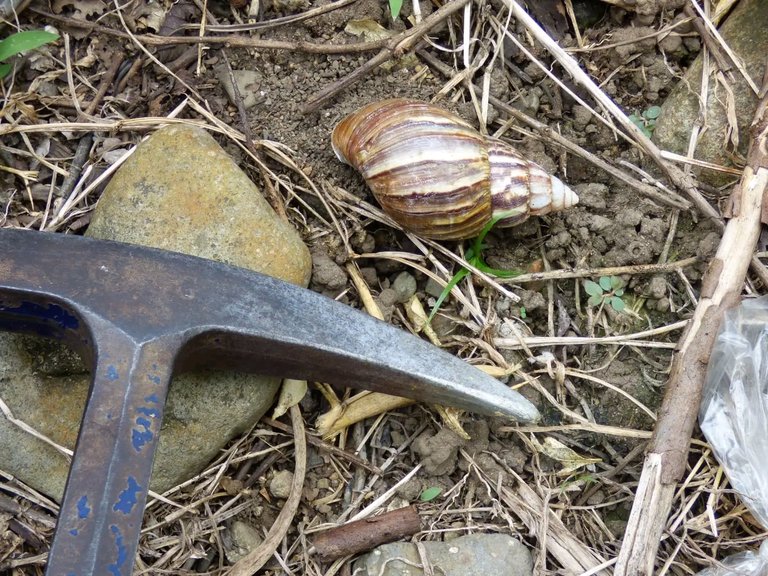
La concha del caracol gigante africano puede alcanzar hasta 13 cm de longitud, presentando una forma helicoidal con 7 a 9 vueltas y un ápice agudo. Su superficie es de un color violeta oscuro alternado con amarillo claro y tiene una textura lisa. Aunque es herbívoro, su dieta es muy variada, incluyendo incluso excrementos. En cautiverio, consume alimentos de origen animal, como comida para perros y gatos, especialmente durante la temporada de lluvias.


Lissachatina fulica es hermafrodita y se reproduce rápidamente, lo que le permite causar graves daños en ecosistemas y cultivos tropicales. Se recomienda evitar el contacto directo con estos caracoles y usar guantes si es necesario manipularlos, ya que pueden transmitir enfermedades como la meningitis.
Considerada una de las plagas agrícolas más dañinas del mundo, su alta plasticidad ambiental, dieta polífaga y potencial reproductivo (hasta seiscientos huevos) la han llevado a ser incluida en la lista de las 100 especies exóticas invasoras más perjudiciales por la Unión Internacional para la Conservación de la Naturaleza. Además de los impactos económicos, su relevancia sanitaria radica en su capacidad como vector de patógenos dañinos para la salud humana.
Detectado en Cuba en 2014, se atribuye su llegada a un turista nigeriano que introdujo ejemplares para rituales religiosos. Para agosto de 2018, ya estaba presente en el municipio de Placetas y en octubre fue descubierto en Cabaiguán. Su condición hermafrodita le permite generar óvulos y espermatozoides simultáneamente, depositando sus huevos hasta 25 centímetros bajo tierra. Los adultos pueden medir hasta 30 cm y presentan colores muy llamativos. Sin embargo, su apariencia no debe engañarnos, ya que continúa presente en nuestra isla.
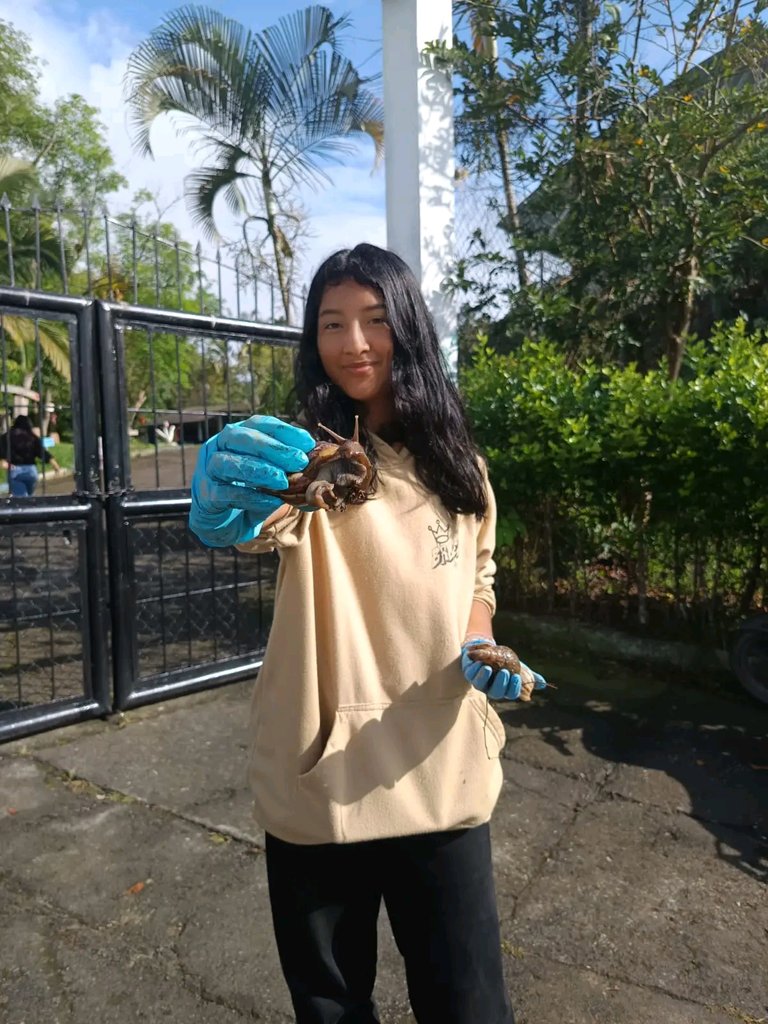

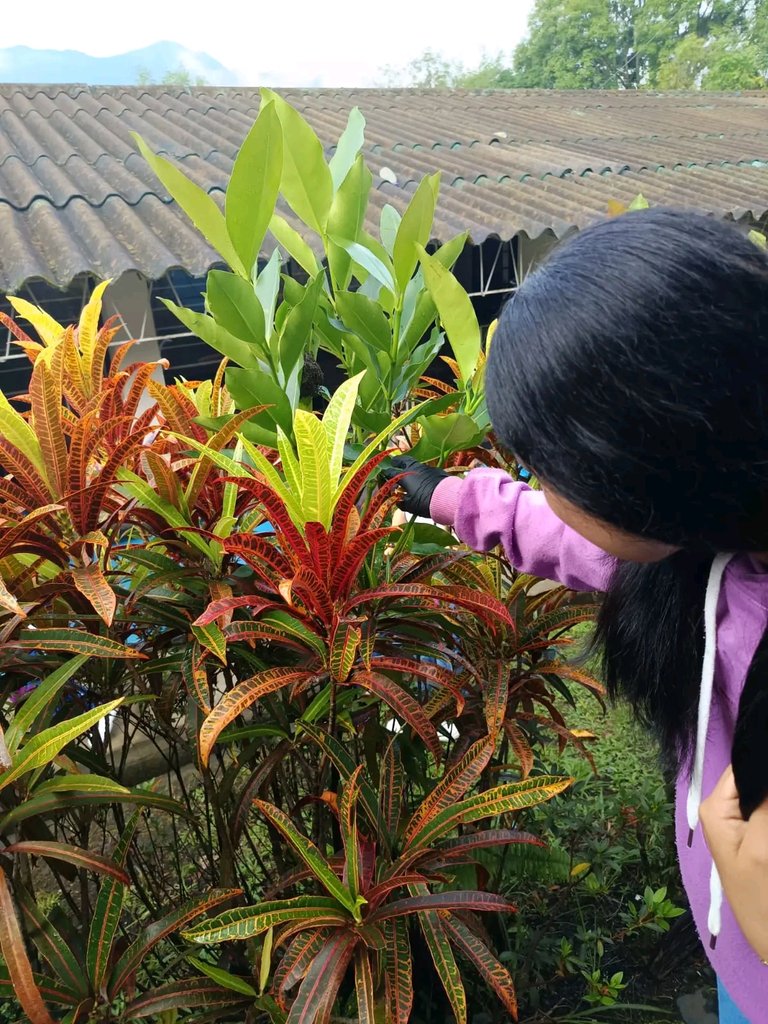
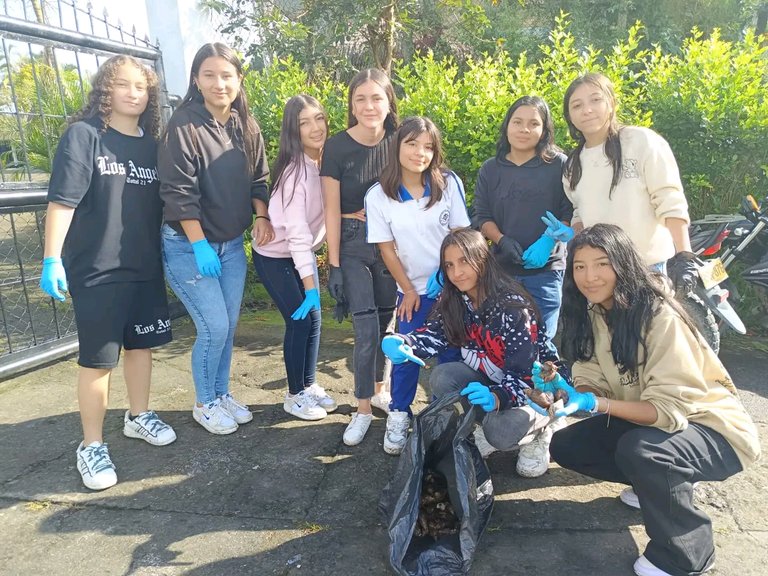
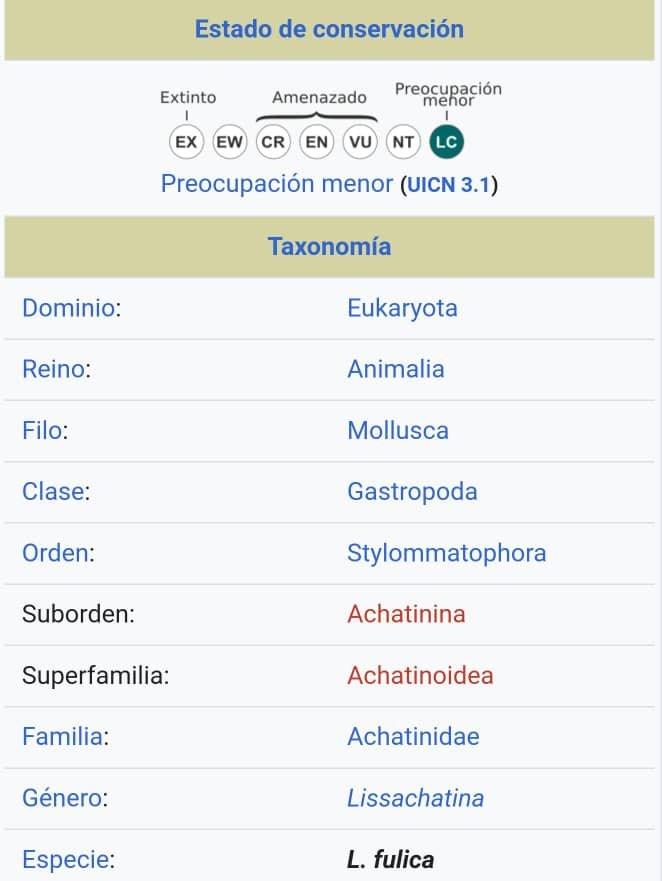
⬇
⬇
⬇
⬇
⬇
⬇
⬇
⬇
⬇

English (ENG🇺🇸)
The African giant snail (Lissachatina fulica, formerly Achatina fulica) is a terrestrial snail species belonging to the family Achatinidae, within the order Stylommatophora. Commonly found in gardens and crops, this snail feeds on various plants, often becoming a pest of significant economic importance.
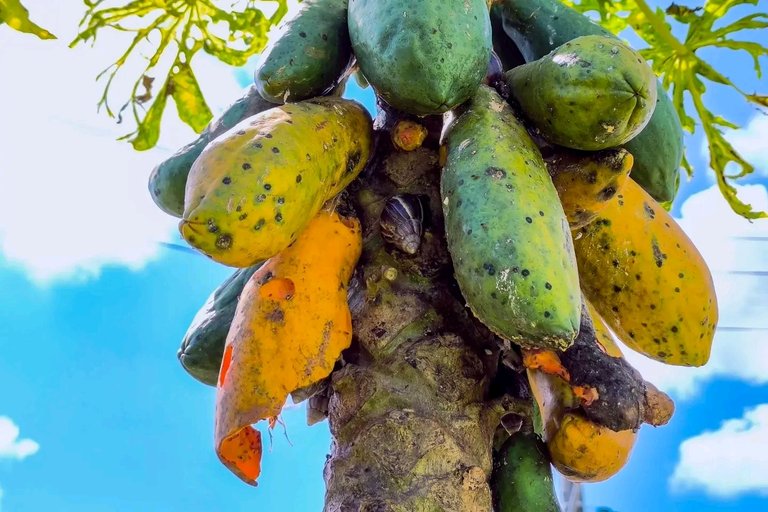


The shell of the African giant snail can reach up to 13 cm in length, exhibiting a helicoidal shape with 7 to 9 whorls and a sharp apex. Its surface is dark violet interspersed with light yellow and has a smooth texture. Although it is herbivorous, its diet is highly varied and can include feces. In captivity, it can consume animal-based foods such as dog and cat food, especially during rainy seasons.


Lissachatina fulica is hermaphroditic and reproduces rapidly, allowing it to cause severe damage to tropical ecosystems and crops. It is advised to avoid direct contact with these snails and to wear gloves if handling them is necessary, as they can transmit diseases such as meningitis.
Considered one of the most harmful agricultural pests worldwide, its high environmental plasticity, polyphagous diet, and reproductive potential (up to six hundred eggs) have led it to be listed among the 100 most harmful invasive alien species by the International Union for Conservation of Nature. In addition to economic impacts, its health relevance lies in its ability to act as a vector for harmful pathogens affecting human health.
Detected in Cuba in 2014, its arrival is attributed to a Nigerian tourist who introduced specimens for religious rituals. By August 2018, it was present in the municipality of Placetas and was discovered in Cabaiguán in October of the same year. Its hermaphroditic nature allows it to produce both eggs and sperm simultaneously, burying its eggs up to 25 centimeters underground. Adults can measure up to 30 cm and display striking colors. However, do not be deceived by their appearance; they continue to be found on our island.




